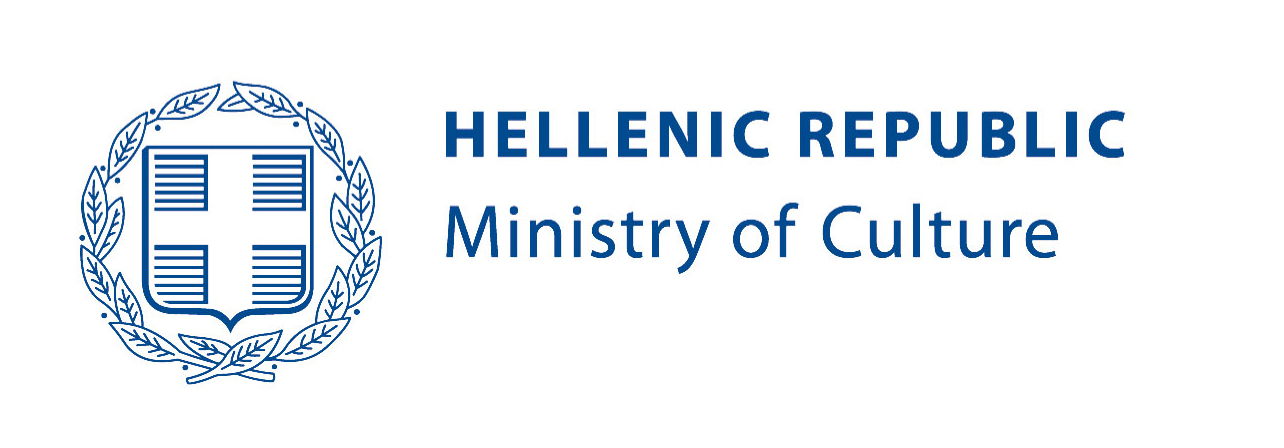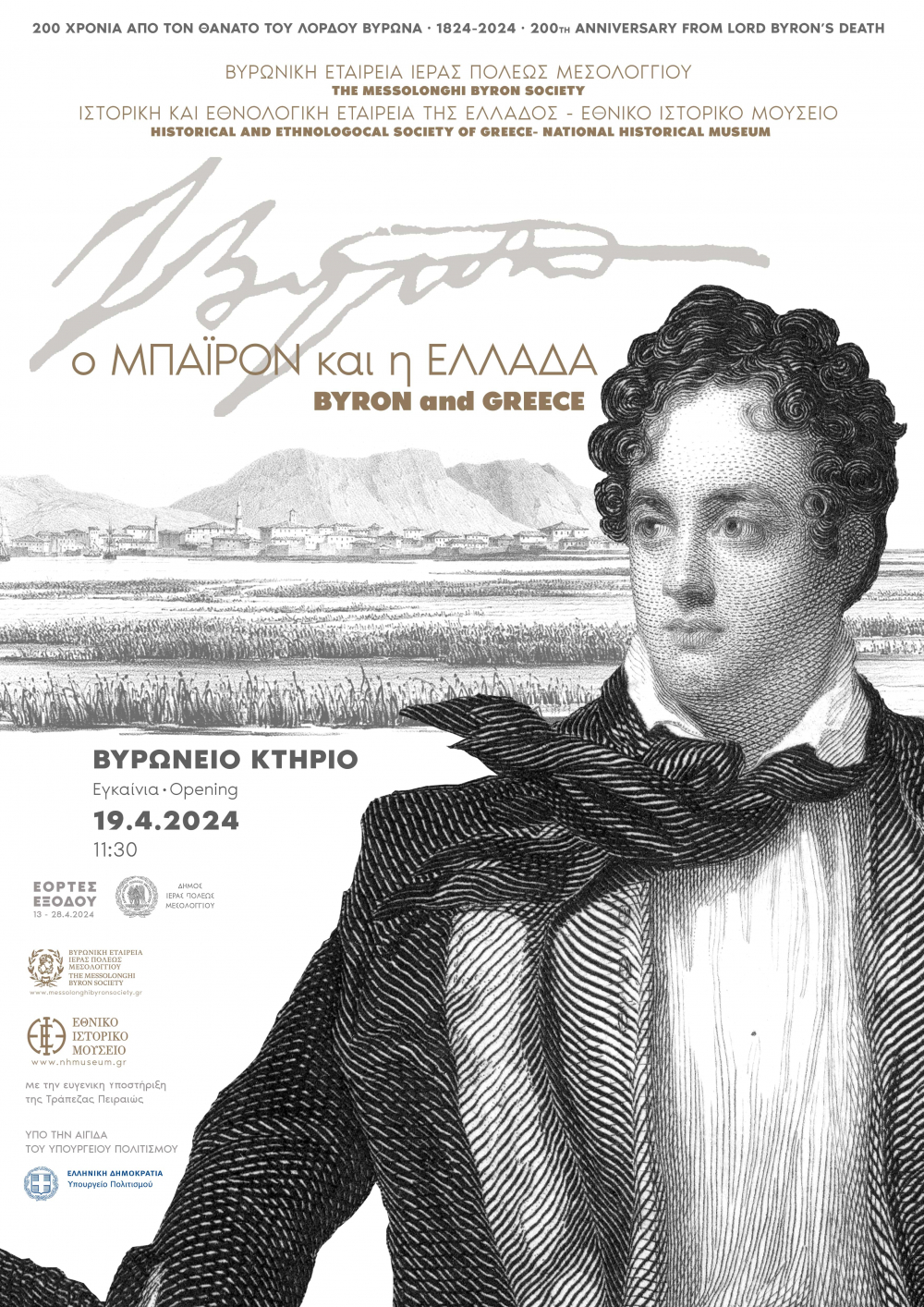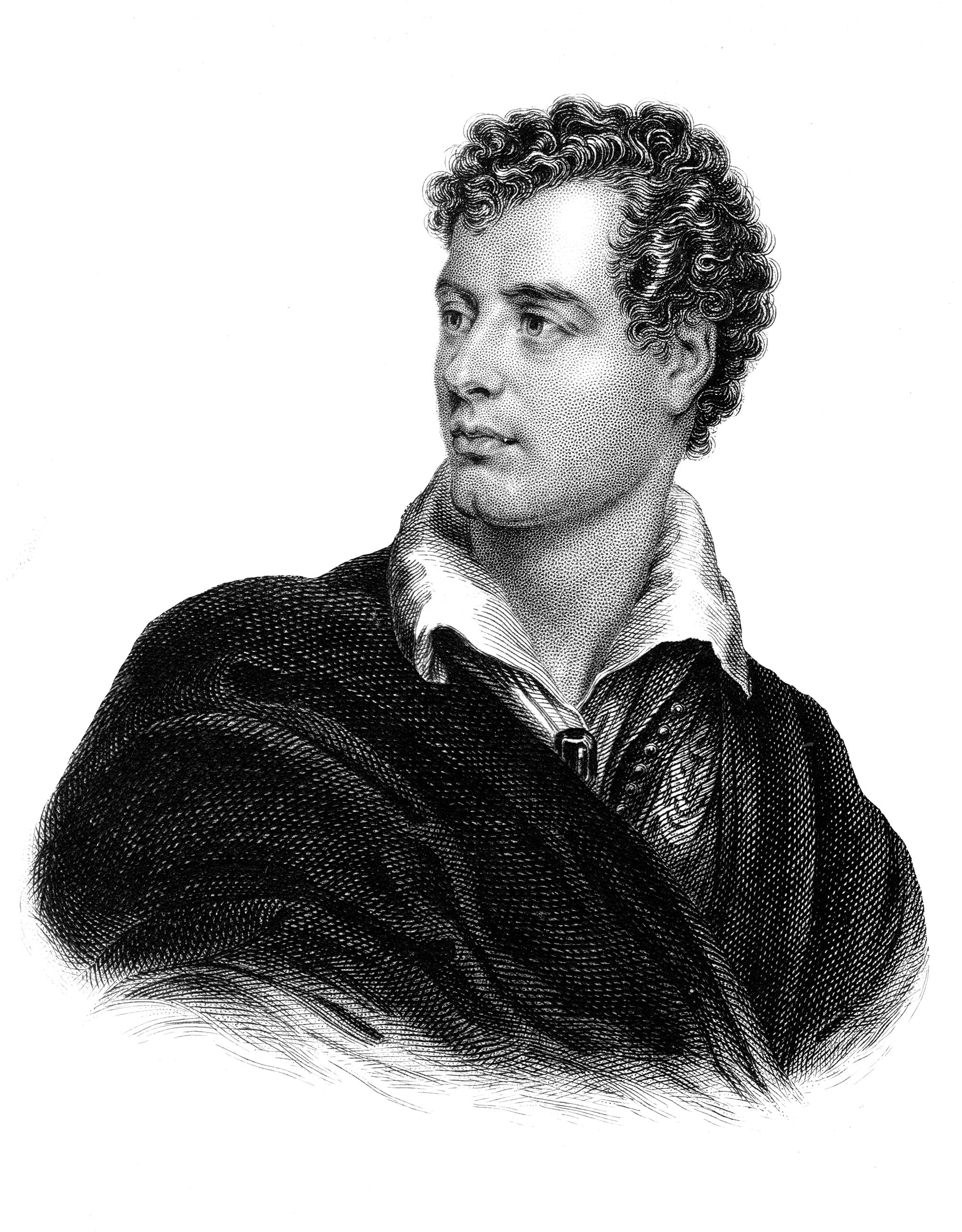“But I have lived, and have not lived in vain:
My mind may lose its force, my blood its fire,
And my frame perish even in conquering pain,
But there is that within me that shall tire
Torture and Time, and breathe when I expire.
― Childe Harold's Pilgrimage
On Friday 19.4.2024 at 11:30 a.m. in the framework of the commemoration for the bicentennial of the poet’s death in Messolonghi, the permanent exhibition of the Museum of the Messolonghi Byron Society for Lord Byron and Philhellenism is inaugurated, on the life and death of Lord Byron. The exhibition is the result of the long-term fruitful collaboration of the Historical and Ethnological Society of Greece – National Historical Museum, which undertook the museological study, and the Messolonghi Byron Society, and is included in the program of the Exodus Commemoration of the Municipality of Messolonghi for the year 2024

Messolonghi in the 19th century. Otto Magnus von Stackelberg, 1834
Η ανάπτυξη της έκθεσης:
Entirely dedicated to Lord Byron’s personality and his relationship with Greece, the exhibition develops in four units..
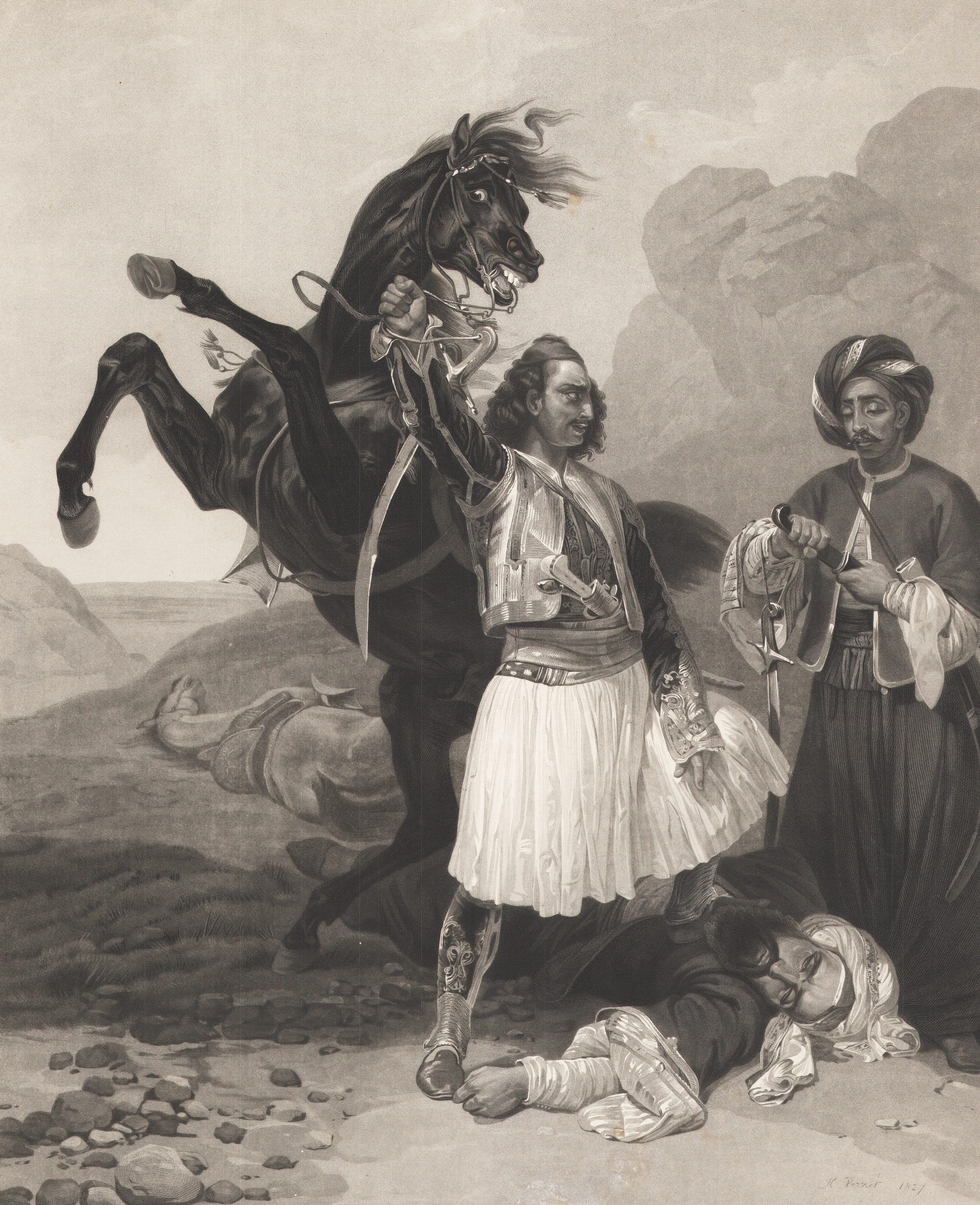
Entering the Museum, visitors are welcomed by a timeline with the main turning points in Byron’s life and work. The first exhibition unit focuses on the poet’s early life, his time in Britain and his first trip to Greece, the people he met and the places he visited.
Then, the second exhibition unit focuses on the poet’s subsequent association with the European Philhellenic movement, his relations with the London Greek Committee, his arrival and stay in revolutionary Greece until his death. Moreover, this unit comprises extensive references to the development of the European Philhellenic movement and to critical events of the Greek Revolution, which influence the European public opinion in favour of the Greek people’s Struggle, such as the Exodus from Messolonghi.
The third exhibition unit is dedicated to the influence of Byron’s poetry on the wider Romantic movement and to the imaginary heroes he created and identified with. The exhibition unit presents his work with references of Greece at the time, which also enhanced the Philhellenic sentiment in Europe, as well as the equipment that he brought to Greece in order to fight and achieve glory in the field of battle.
Finally, the third exhibition unit is dedicated to the memory of Lord Byron; his influence on Art, on various forms of decorative and visual arts. In addition, there is special reference to the commemorations in Athens and Messolonghi on the centennial of his death.
Various heirlooms, such as paintings, engravings, weapons, Philhellenic artefacts, documents, photographs, etc., from the collections of the National Historical Museum are presented in the exhibition. Material was also granted by the General State Archives, the National Library of Greece, the National Library of Scotland, the Collection
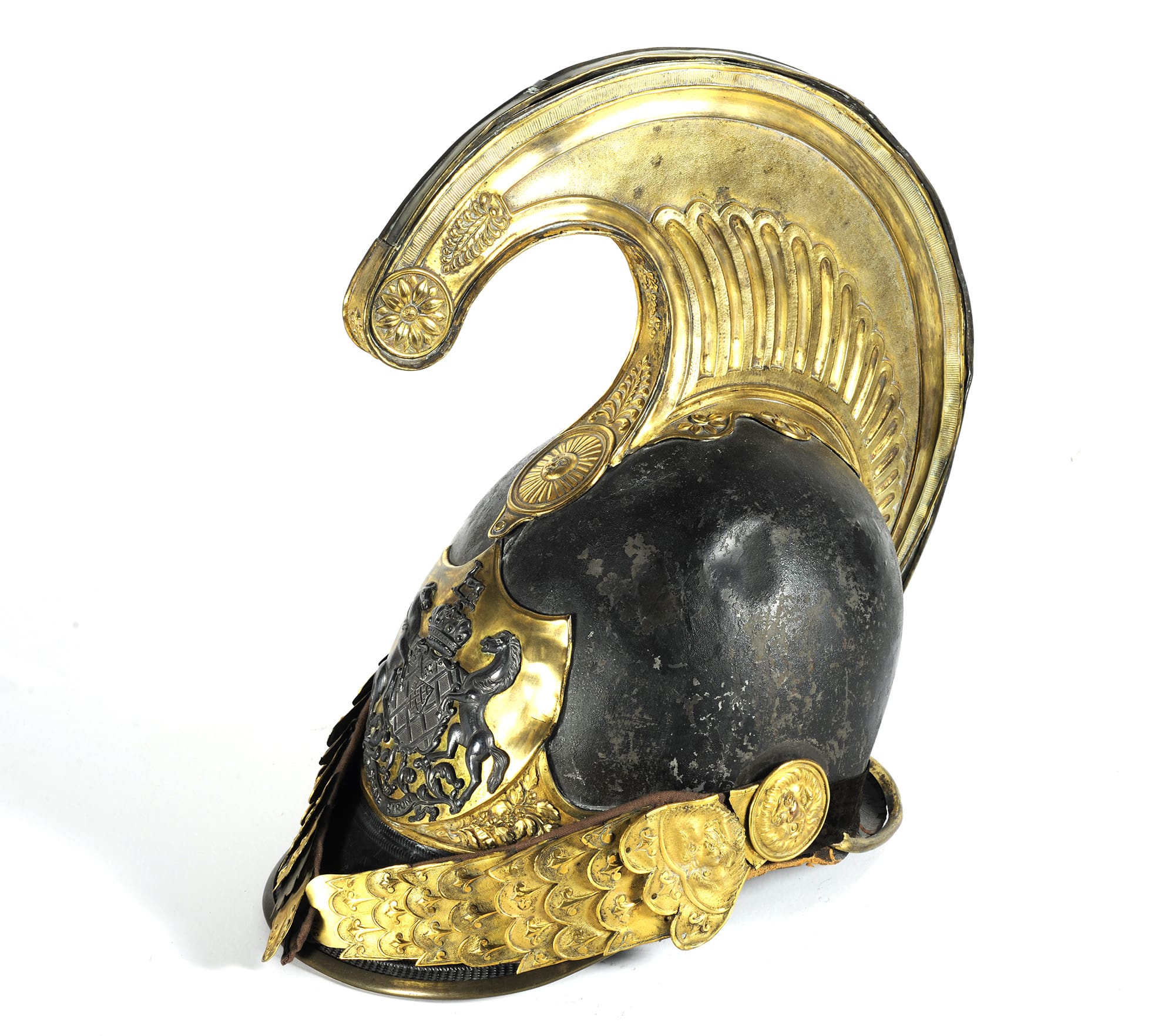
Lord Byron's helmet
Η ταυτότητα της έκθεσης:
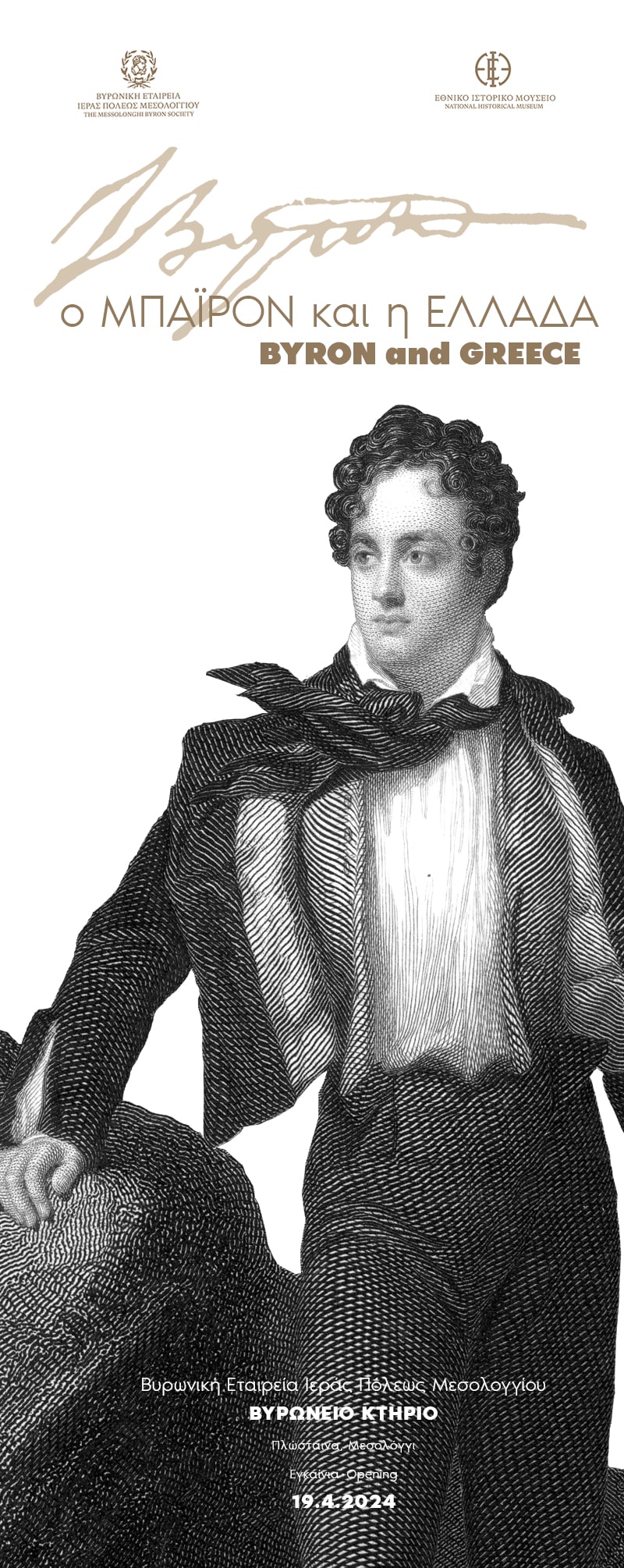 ORGANIZATION
ORGANIZATIONNational Historical Museum
The Messolonghi Byron Society
Natassa Kastriti, Reggina Katsimardou
Kindly supported by Piraeus Bank
Contact:
For visiting please contact the Messolonghi Byron Society
(τηλ.) 2631026118, (κιν.) 6977804076 (mi
Αυτή η διεύθυνση ηλεκτρονικού ταχυδρομείου προστατεύεται από τους αυτοματισμούς αποστολέων ανεπιθύμητων μηνυμάτων. Χρειάζεται να ενεργοποιήσετε τη JavaScript για να μπορέσετε να τη δείτε.
www.messolonghibyronsociety.gr
The exhibition is under the auspices of the Ministry of Culture
